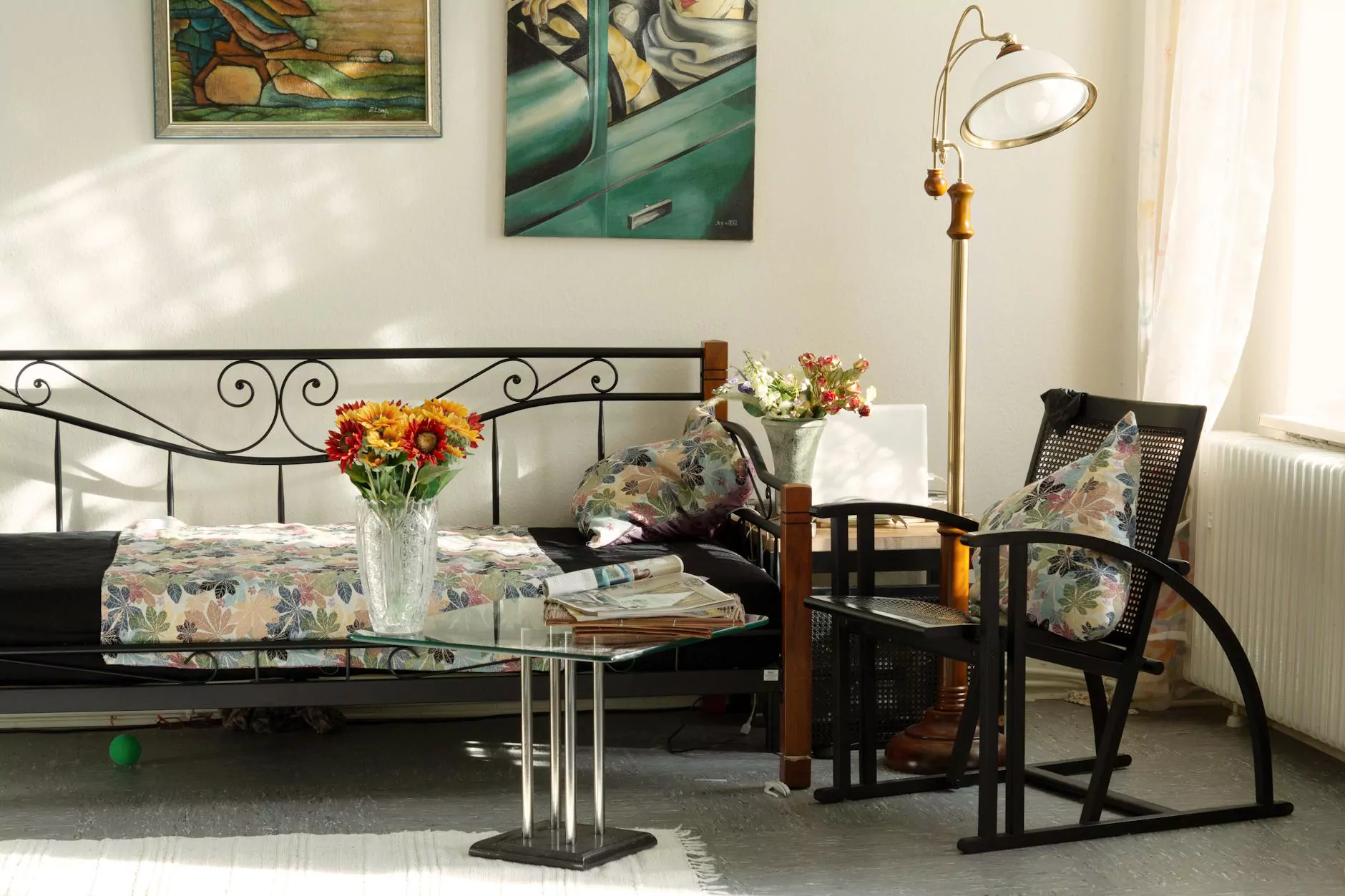The Elegance and Craftsmanship of Italian Furniture

Italian furniture represents a unique blend of sophistication, quality, and artistry that has captivated the world for centuries. Known for its exceptional craftsmanship and timeless design, Italian furniture is the epitome of luxury living. In this comprehensive guide, we will delve deep into the various aspects of Italian furniture, exploring its history, characteristics, styles, and the reasons behind its immense popularity. By the end of this article, you will have a profound understanding of why Italian furniture continues to stand as a benchmark for excellence in the furniture industry.
1. A Brief History of Italian Furniture
The history of Italian furniture is intricately intertwined with the evolution of art and design in Italy. From the grandeur of the Renaissance to the contemporary designs of the 21st century, Italian furniture reflects the rich cultural heritage of the country.
1.1 The Renaissance Influence
During the Renaissance period, Italian craftsmen began to incorporate elaborate designs and intricate detailing into their furniture. This era marked a significant shift toward artisanal excellence, with master artisans producing pieces that showcased their skills and creativity. Furniture was not just a functional item; it became a status symbol, reflecting the wealth and position of its owner.
1.2 Baroque and Rococo Styles
As we progressed into the Baroque and Rococo periods, Italian furniture continued to evolve, featuring lush embellishments, curved forms, and opulent materials. These styles emphasized grandeur and theatricality, making Italian furniture an essential aspect of extravagant decor. The focus on detail and luxurious materials solidified Italy's reputation as a leader in the furniture design community.
1.3 Modernism and Contemporary Design
The 20th century introduced the principles of modernism, which emphasized simplicity and functionality while retaining an aesthetic appeal. Italian designers like Carlo Scarpa and Ettore Sottsass brought innovative thinking to furniture design, merging traditional craftsmanship with modern materials and techniques. Today, Italian furniture retains this duality, balancing historic influences with contemporary trends.
2. Key Characteristics of Italian Furniture
Italian furniture is renowned for certain characteristics that set it apart from other styles. Understanding these features can help you appreciate the artistry behind each piece.
2.1 Quality Materials
Italian craftsmen prioritize high-quality materials, such as solid wood, luxurious fabrics, and fine leathers. Each material is carefully selected to ensure durability and aesthetic appeal. Common woods include walnut, oak, and cherry, known for their strength and beautiful grain patterns.
2.2 Artistic Design
Artistic expression is central to Italian furniture. Designers blend form and function to create visually stunning pieces that tell a story. Whether through intricate carvings, elegant silhouettes, or innovative shapes, each piece often reflects the designer's vision.
2.3 Attention to Detail
One hallmark of Italian furniture is the meticulous attention to detail. From the craftsmanship of joinery to the finishing touches, every aspect is thoughtfully executed. Fine detailing often includes gilding, inlays, and hand-painted finishes that enhance each item's overall beauty.
2.4 Timeless Style
Italian furniture is designed to transcend trends, ensuring that it remains relevant and stylish through the years. The elegance of Italian design allows pieces to blend seamlessly into various decor styles, from classical to contemporary.
3. Popular Italian Furniture Styles
Understanding the various styles of Italian furniture can guide you in choosing the right pieces for your home. Here are some of the most popular styles:
3.1 Classic Italian Furniture
- Baroque: Characterized by ornate carvings and rich colors.
- Rococo: Known for its playful designs and curves.
- Neoclassical: Emphasizes symmetry and simplicity influenced by ancient Greece and Rome.
3.2 Modern Italian Furniture
- Minimalism: Focuses on simplicity and functionality with clean lines.
- Industrial: Combines raw materials, like metal and reclaimed wood, for a contemporary look.
- Scandinavian Influence: Blends Italian design with Scandinavian simplicity and warmth.
3.3 Luxury Italian Furniture
Luxury designs often incorporate high-end materials like marble, exotic woods, and custom fabrics. Brands like Fendi Casa and B&B Italia stand at the forefront of luxury Italian furniture, offering exclusive designs that elevate any space.
4. The Benefits of Investing in Italian Furniture
Investing in Italian furniture goes beyond aesthetics. There are numerous benefits to owning pieces that celebrate Italian craftsmanship:
4.1 Durability and Longevity
Italian furniture is built to last. The use of high-quality materials and expert craftsmanship ensures that each piece can withstand the test of time, both in terms of physical durability and style. This makes it a sound investment for your home.
4.2 Enhanced Home Value
High-quality furniture can increase the overall value of your home. When you choose exquisite designs, you create a sophisticated environment that can attract potential buyers should you decide to sell your property in the future.
4.3 Unique Aesthetics
With Italian furniture, you are not just acquiring an item; you are investing in a piece of art. The unique designs can be the focal point of any room, drawing admiration and sparking conversations among guests.
5. How to Choose the Right Italian Furniture for Your Space
Selecting the right Italian furniture for your home requires careful consideration. Here are some essential tips to guide you:
5.1 Assess Your Space
Before making any purchases, evaluate your space. Consider the dimensions and layout of each room, allowing for adequate flow and movement. Measure the area where you want to place the furniture to ensure it fits perfectly without overcrowding.
5.2 Define Your Style
Italian furniture encompasses a wide range of styles, from traditional to ultra-modern. Define your personal style and seek pieces that complement your vision. Whether you prefer the drama of Baroque or the simplicity of modern designs, ensure that the furniture aligns with your preferences.
5.3 Quality Over Quantity
Instead of filling your home with many low-quality items, focus on acquiring a few high-quality Italian furniture pieces. These will provide more impact and serve as lasting investments.
5.4 Consider Functionality
Think about the functionality of the pieces you choose. Whether it's a sofa that invites relaxation or a dining table that hosts gatherings, ensure the furniture meets your lifestyle needs.









